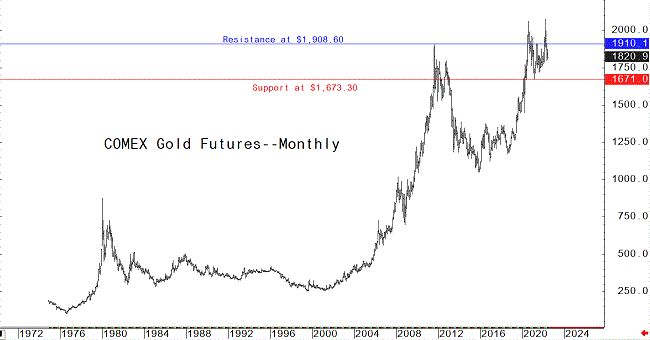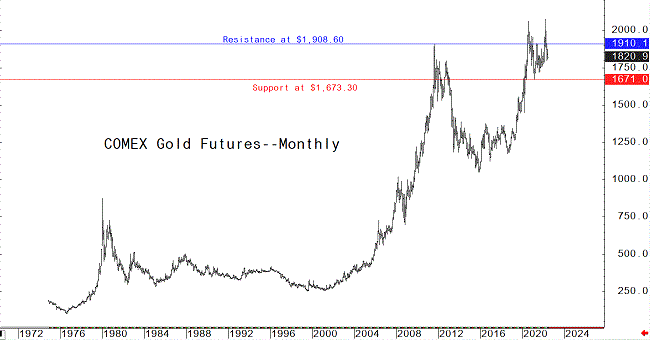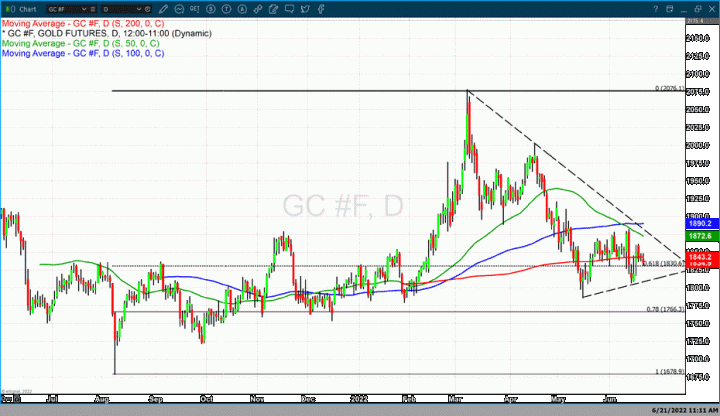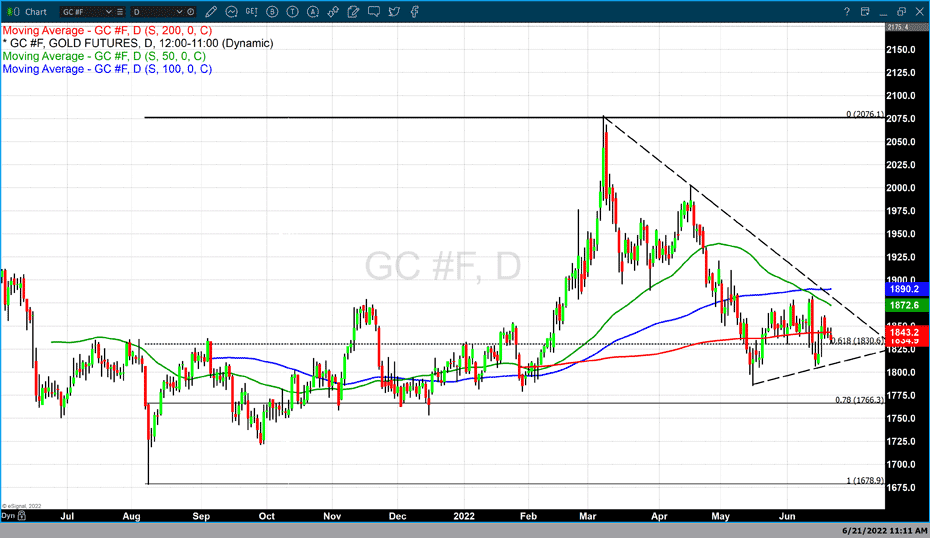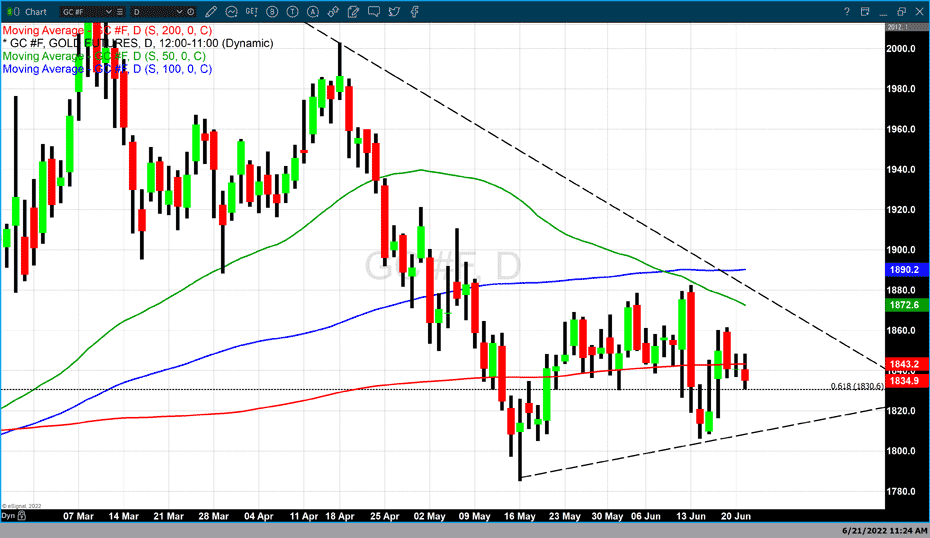
U.S. dollar weakens against euro, sterling in U.S. holiday trading
The euro and sterling rose on Monday against the dollar in a quiet trading session amid a holiday in the U.S., while global risk sentiment has improved.
With the U.S. markets closed for Independence Day, markets expected a light trading day, with major currencies gaining some ground against the U.S. dollar, which had climbed to a two-week high on Friday.
The euro rose 0.3% to $1.0457, but stayed barely above May's five-year trough of $1.0349. While sterling rose 0.5% to $1.2155 after hitting a two-week low of $1.1976 on Friday.
"Quiet trading to start the week is seeing the U.S. dollar weaken against most major currencies as it unwinds Friday’s gains while ignoring a modest risk-off tone in markets," said Shaun Osborne, chief FX strategist at Scotiabank.
Reports that the White House will announce an easing of some Chinese tariffs later this week in an attempt to dampen elevated inflation helped inject some optimism back into markets, "giving currencies an extra push against the U.S. dollar," Osborne added.
The Australian and New Zealand dollars, as well as the Swedish crown , rose on Monday after hitting two-year lows on Friday.
But amid fears of a global recession, the euro remained near a five-year low against the safe-haven dollar.
The war in Ukraine and its economic fallout, in particular soaring food and energy inflation, has been a major drag on the euro, which has weakened 8% against the dollar this year. The difference between the European Central Bank and the U.S. Federal Reserve response to higher inflation has also weighed on the euro. read more
Data on Friday showed euro zone inflation surging to another record, adding to the case for the ECB to raise interest rates this month for the first time in a decade. read more
Jeremy Stretch, head of G10 FX strategy at CIBC said he expected headwinds on the euro to persist as the ECB is set to hike rates on July 21 by "a mere 25 basis point".
"ECB action remains moderate when compared with a 75bps Fed hike," he said. "Beyond ECB monetary policy discussion, the primary European Union risk variable relates to the energy sector."
Safe-haven demand has kept the dollar elevated even if markets have scaled back some of their U.S. rate hike expectations. The market is pricing in around an 85% chance of another hike of 75 basis points this month and rates at 3.25% to 3.5% by year end – before cuts in 2023.
The U.S. dollar index eased 0.15% to 104.9, not far below last month's two-decade high of 105.790.
Looking ahead to the rest of the week, investors are awaiting publication of minutes from last month's Fed meeting on Wednesday and U.S. employment data on Friday.
Australia's central bank will meet on Tuesday and markets have priced in a 40 basis point (bp) rise in interest rates. The Aussie may not catch much of a boost if a hike of that size, or thereabouts, is delivered.
Reporting by Joice Alves. Editing by Jane Merriman and Chizu Nomiyama
Time to buy Gold and Silver on the dips
Tim Moseley


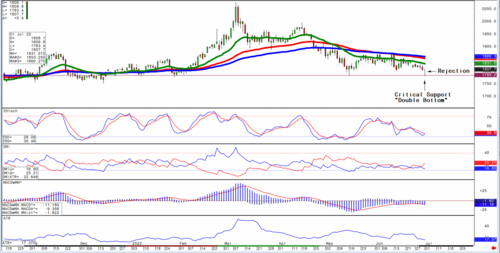

.gif) Moya is watching the $1,785 an ounce level, citing significant support around that range. "If it gets uglier for gold over the next week of trade, it should have major support at $1,785, and that could hold as the dollar peak might be in place," he said.
Moya is watching the $1,785 an ounce level, citing significant support around that range. "If it gets uglier for gold over the next week of trade, it should have major support at $1,785, and that could hold as the dollar peak might be in place," he said.
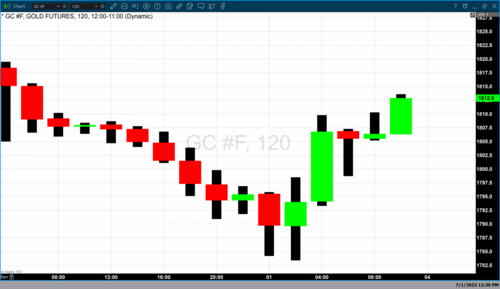

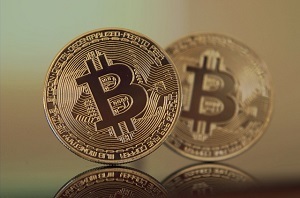 Bitcoin closes June down 40% and below $20k as markets see recession fears, contagion risks
Bitcoin closes June down 40% and below $20k as markets see recession fears, contagion risks.gif)
.gif)
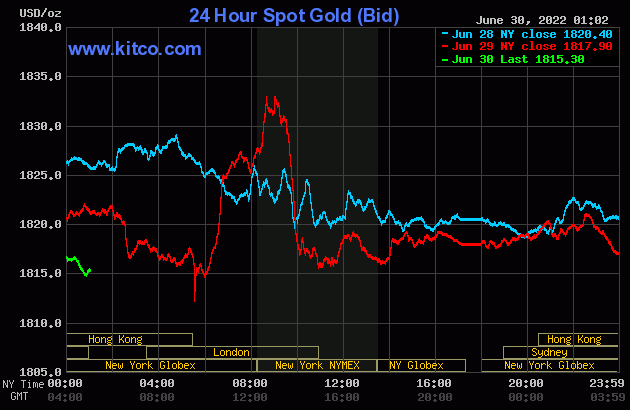
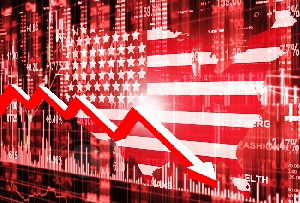 Gold prices trading near session highs as U.S. Q1 GDP drops 1.6%
Gold prices trading near session highs as U.S. Q1 GDP drops 1.6%.gif)
.gif)
